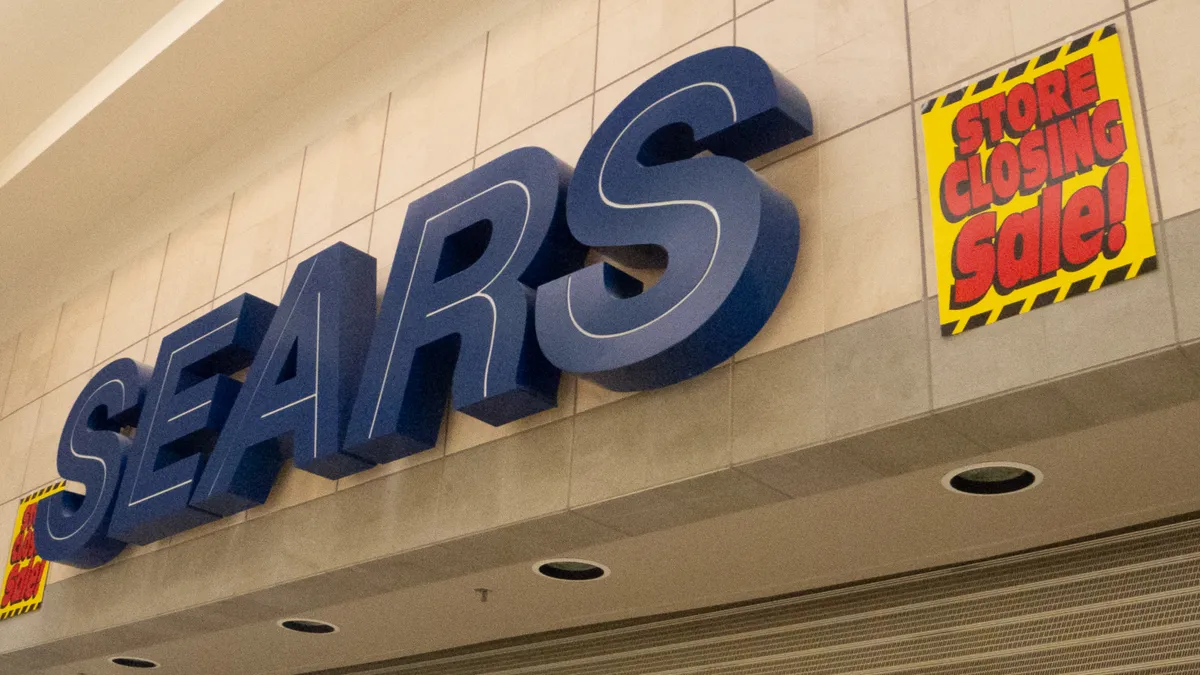Last week the Supreme Court delivered a hard stop to arguments made by former Sears CEO Eddie Lampert and other lenders looking to get more money out of what remains of the beleaguered retailer.
For years, it seemed like there was no end in sight for Sears’ bankruptcy process, even though it technically concluded in late 2022 after three contentious years, following decades of struggle.
Lampert’s history with the retailer began nearly 20 years ago as an investor, with stints as CEO and board chair. He is now a majority owner of what’s left of it after its bankruptcy filing in 2018. His hedge fund, ESL Investments, and Cyrus Capital Partners are among lenders to Sears Holdings Corp. Lampert, TransformCo (also known as “new Sears”), and an attorney for ESL and Cyrus, didn’t respond to requests for comment for this story.
The case surrounded a claim by lenders, including ESL and Cyrus, that their collateral was undervalued in bankruptcy court. The original decision in August 2019 by Judge Robert Drain was upheld twice on appeal. The lenders calculated that they had $718 million in unpaid debt after first-lien lenders were paid, and because a $433.5 million credit bid fell short of the value of their collateral, they were entitled to more money.
Had they prevailed, in addition to potentially wringing hundreds of millions more dollars out of what’s left of Sears, Lampert’s fund and the other lenders cited a section of the bankruptcy code, 507(b), that would have, to the detriment of other creditors, allowed them “a super-priority claim that steps ahead of everybody,” said William Norton, partner at Bradley Arant Boult Cummings, a bankruptcy specialist.
The courts’ math
Drain, however, found they were owed nothing, and that 507(b) didn’t apply. In their appeal in November of 2019 in district court, Lampert and the other lenders claimed that Drain “applied a hypothetical liquidation valuation, which valued the collateral at hundreds of millions of dollars less than its actual replacement cost — even though no such liquidation actually occurred for the bulk of the collateral in question.”
“The bankruptcy court compounded this error by applying a starting ‘net orderly liquidation value’” standard that undervalued their collateral, they also said.
This was a middle-of-the-road assessment of the lenders’ collateral, according to Stu Komrower, a partner at law firm Cole Schotz who specializes in bankruptcy and corporate restructuring. Broadly, the three yardsticks available in estimating the worth of creditors’ collateral — in this case, mostly Sears’ inventory — are: retail value, fire-sale liquidation value, or net orderly liquidation value. Drain employed the last one, also known as NOLV, which falls somewhere in between the other two. It reflects the value of inventory sold during an orderly going-out-of-business sale.
“So it was a little bit of a ‘split the baby’ in terms of valuation,” Komrower said by phone. “But I think the judge, who is a very highly regarded, very smart judge, took the right approach, and had a practical orientation, with some substantive backup for that practical orientation.”
Lampert’s appeals couldn’t overcome that. The Southern District of New York district court, then the Second Circuit Court of Appeals, each in turn endorsed the bankruptcy court’s original reasoning and math. And last week, with the words “certiorari denied,” the U.S. Supreme Court declined to hear the case, leaving Drain’s initial decision intact. Absent a significant or contentious legal issue, or the need to resolve incongruous district-court decisions, the high court wasn’t likely to take up this case, our experts said.
And so that is the end of the line for Eddie Lampert, at least for this particular aspect of Sears’ long-running bankruptcy.
“It’s done, it’s over. He’s out of there, move on,” Komrower said. “The Supreme Court has spoken by not speaking.”












